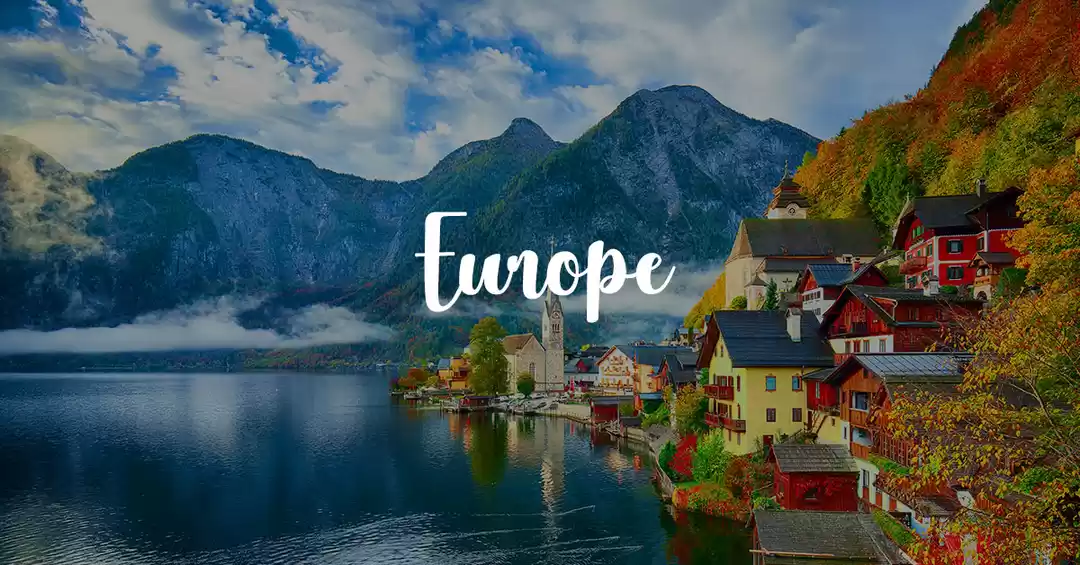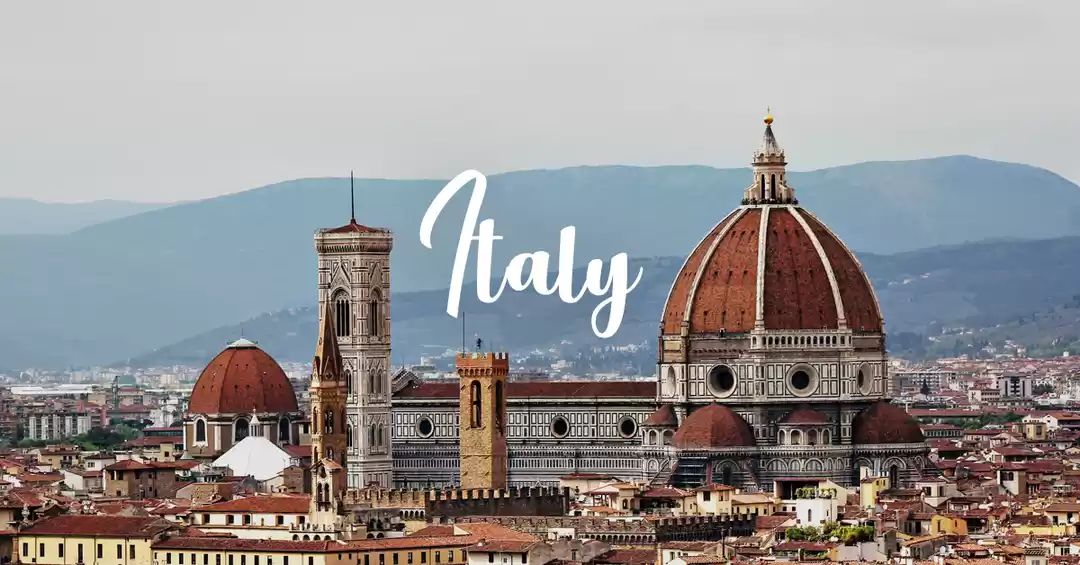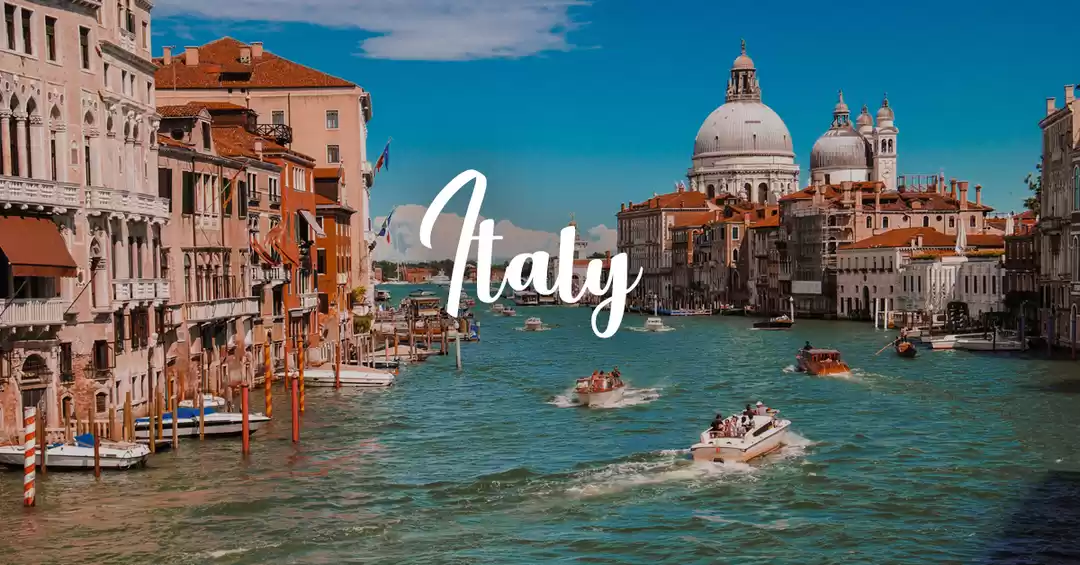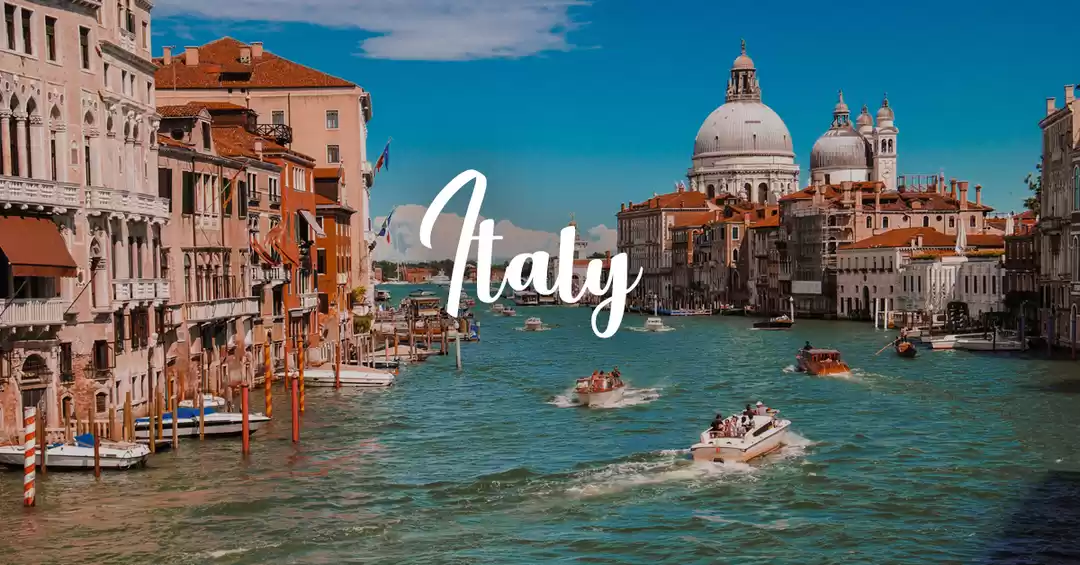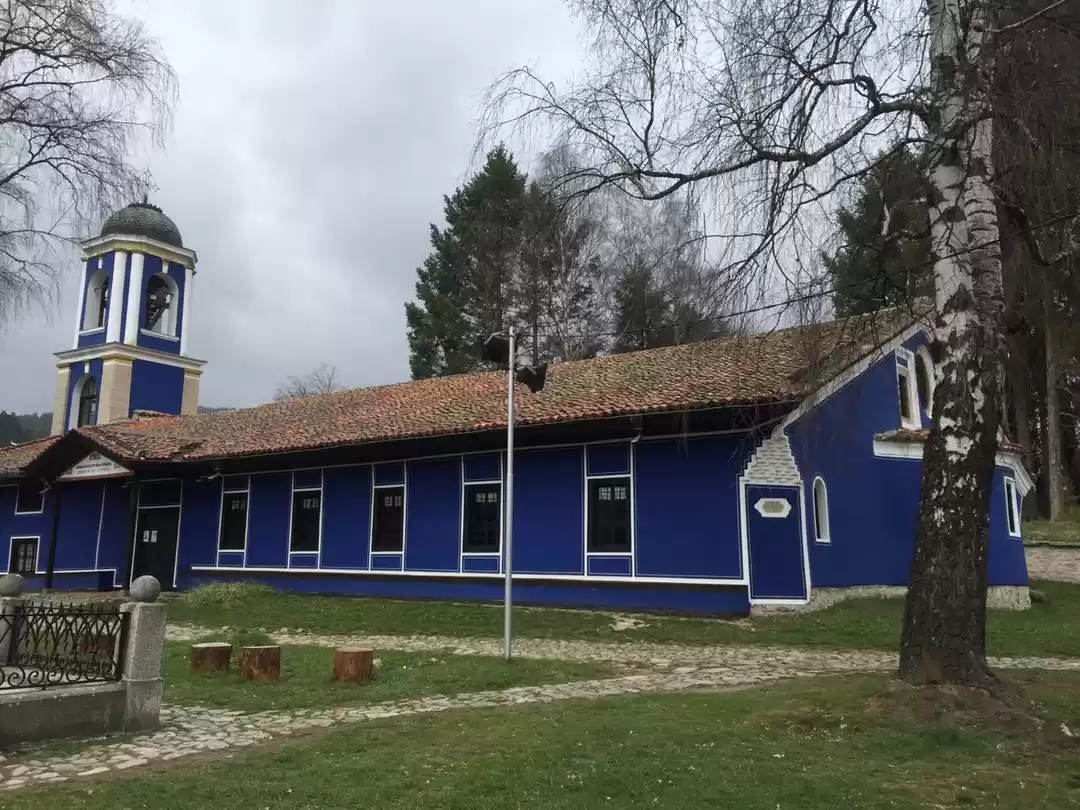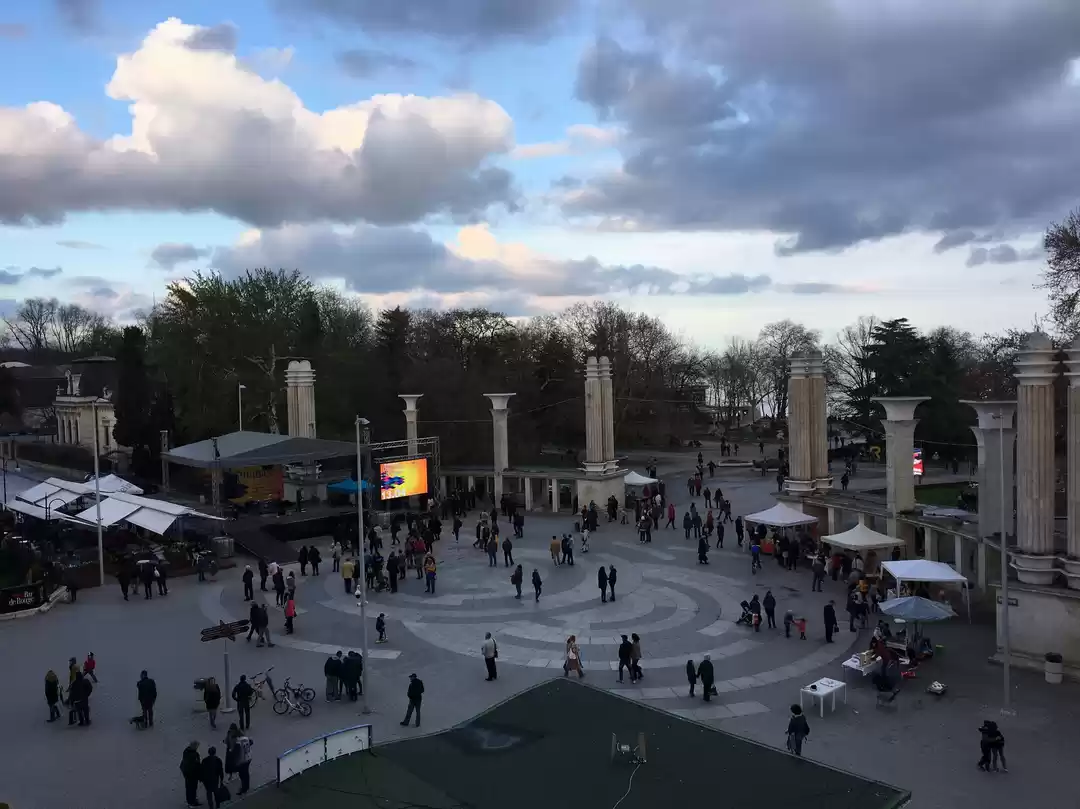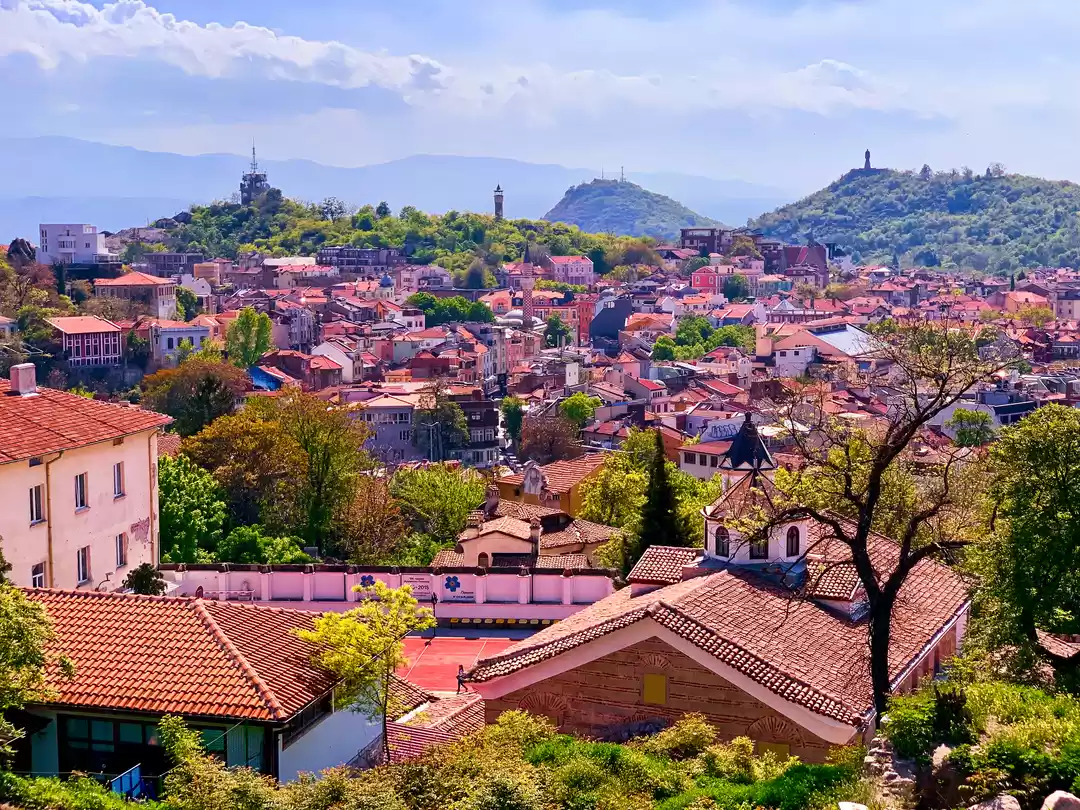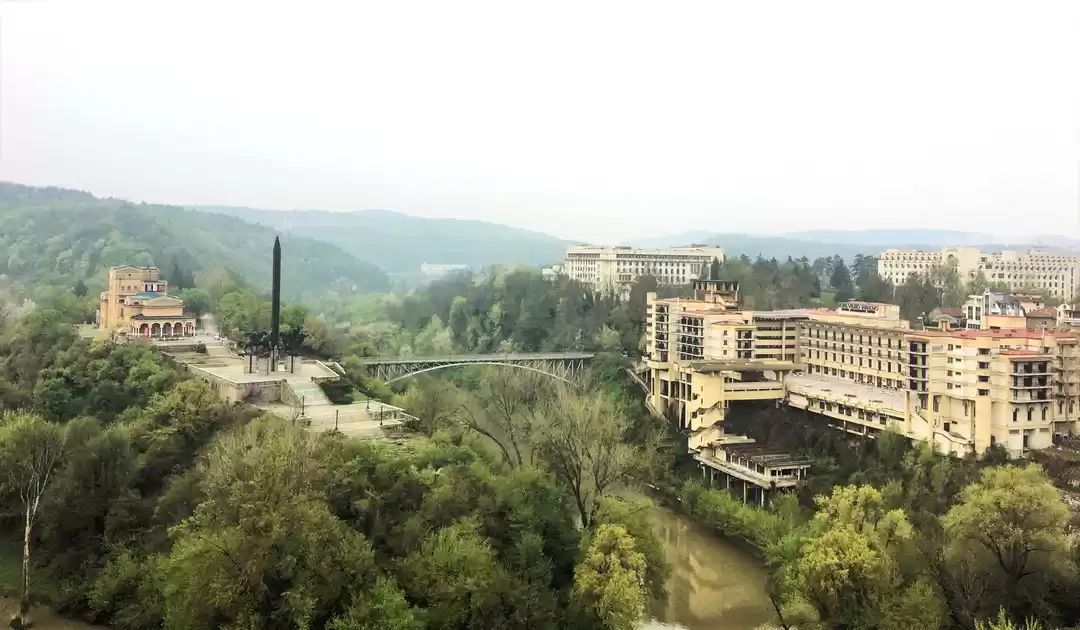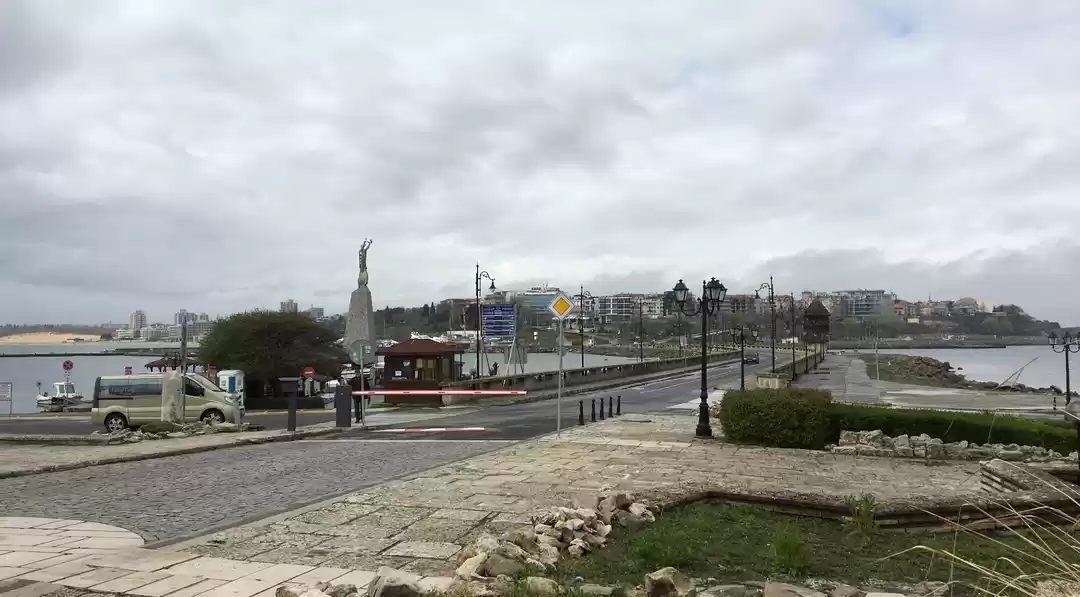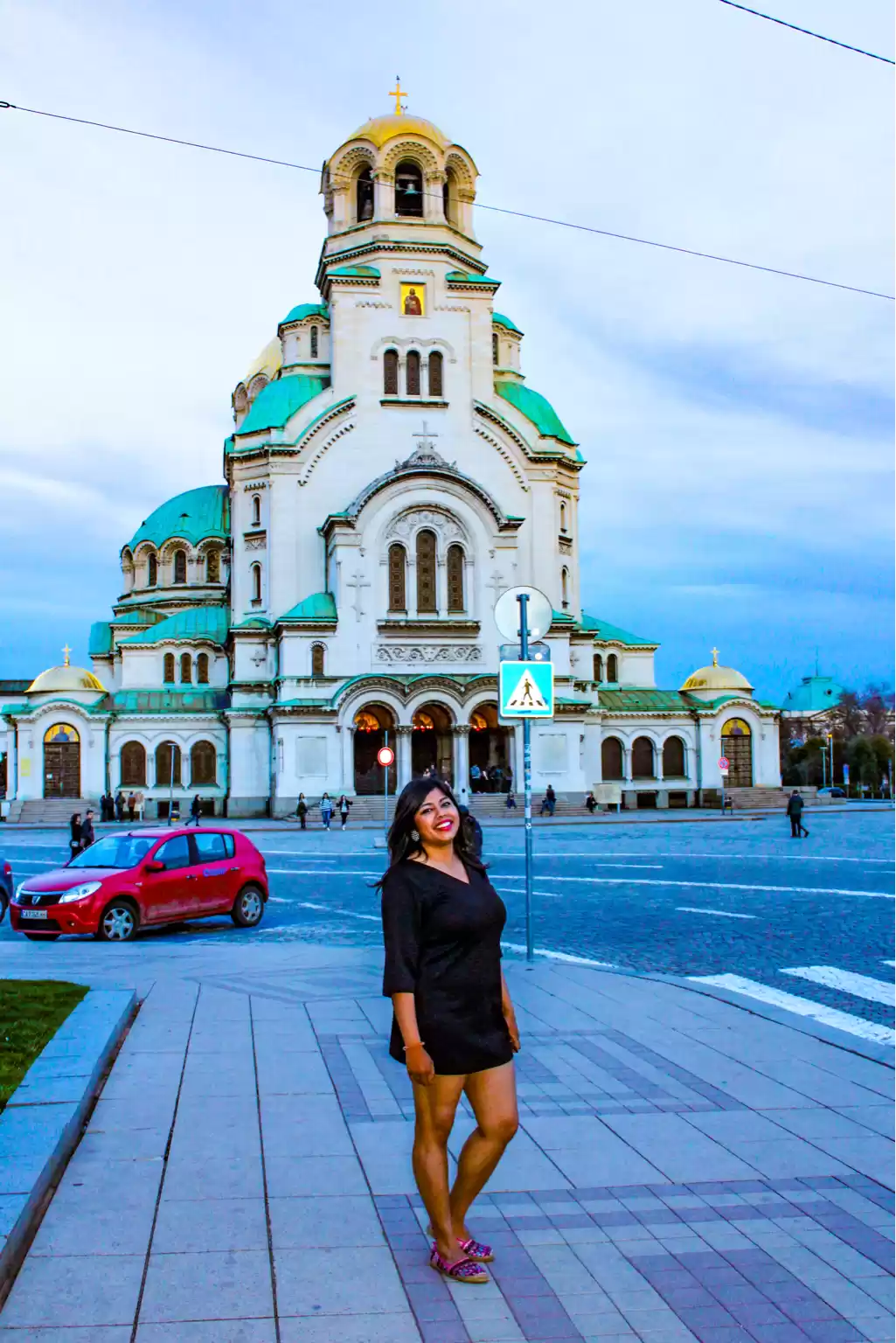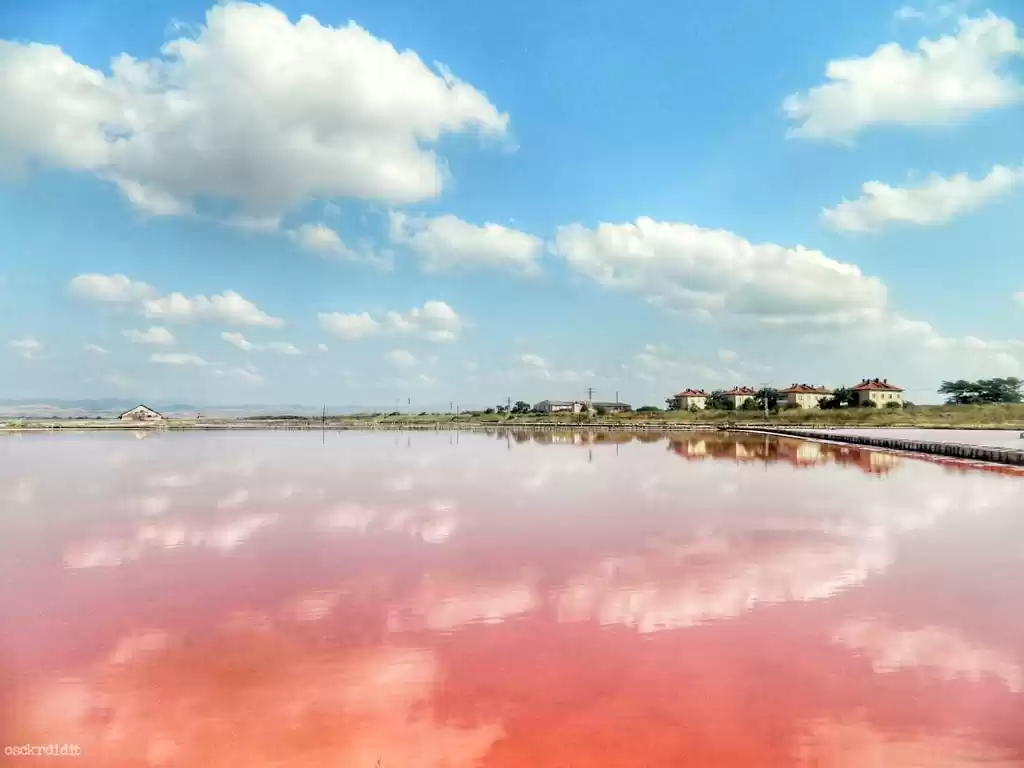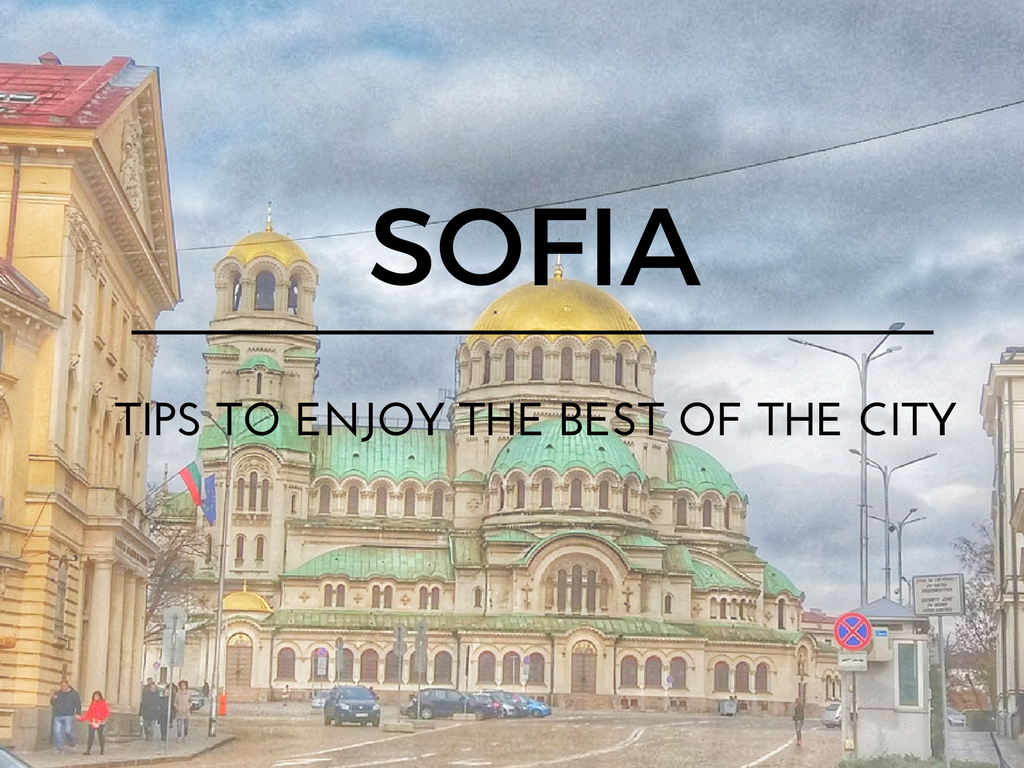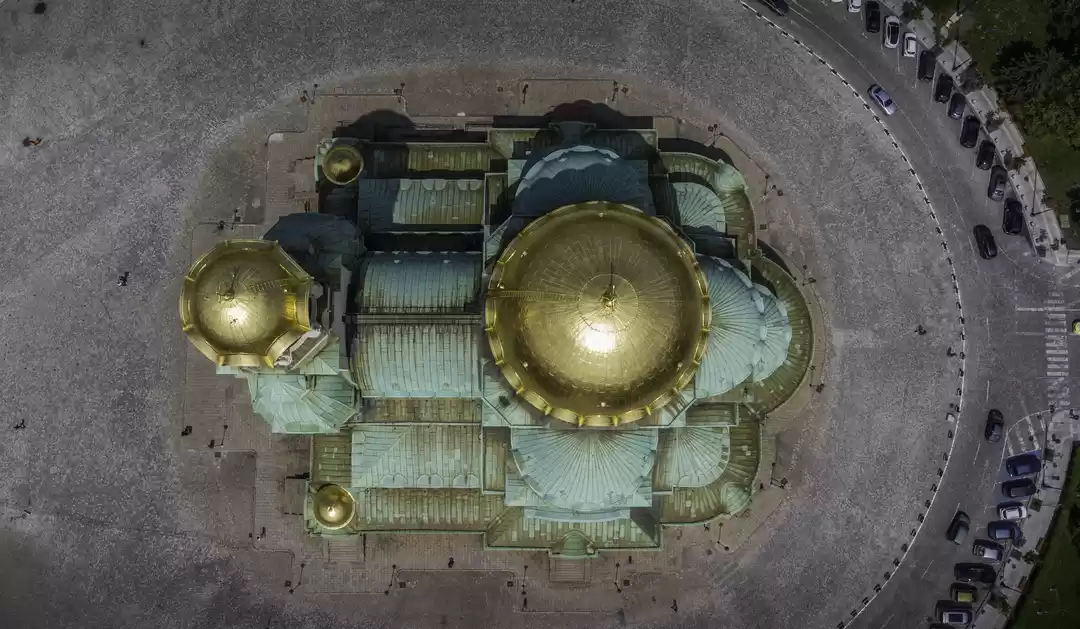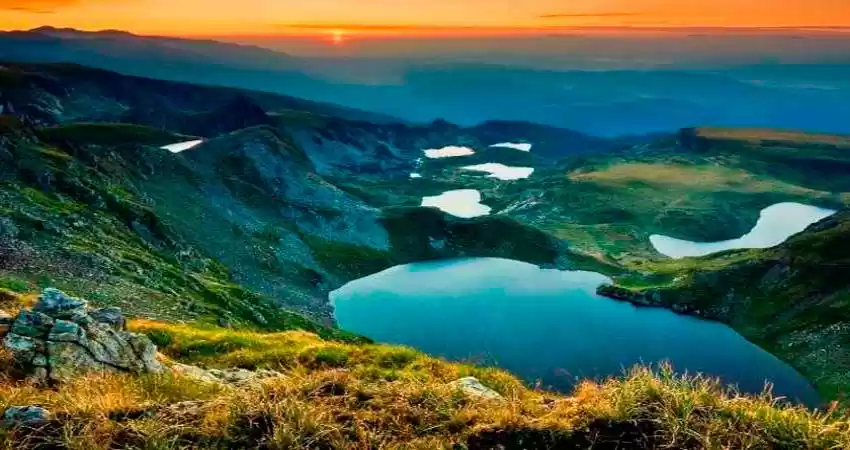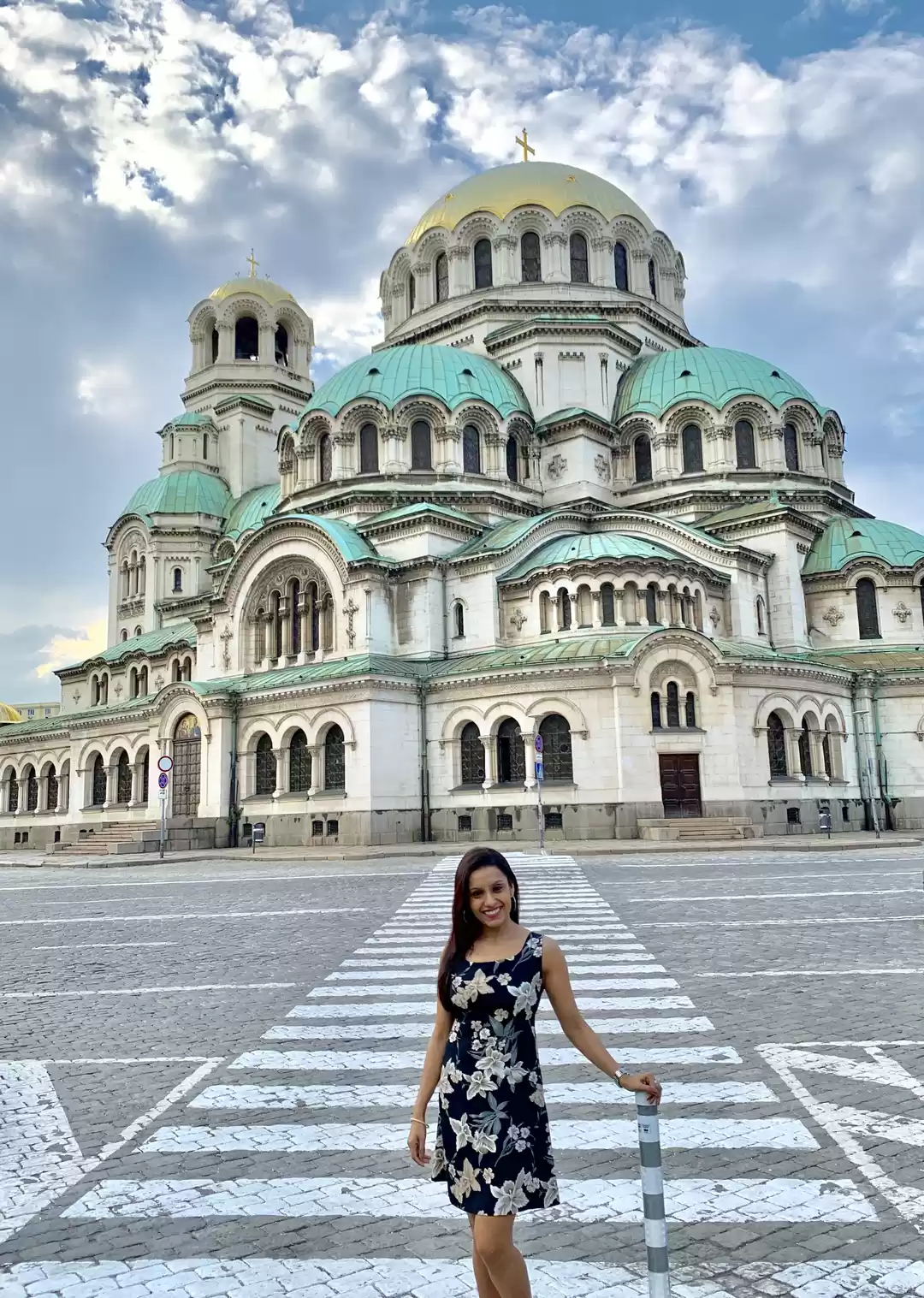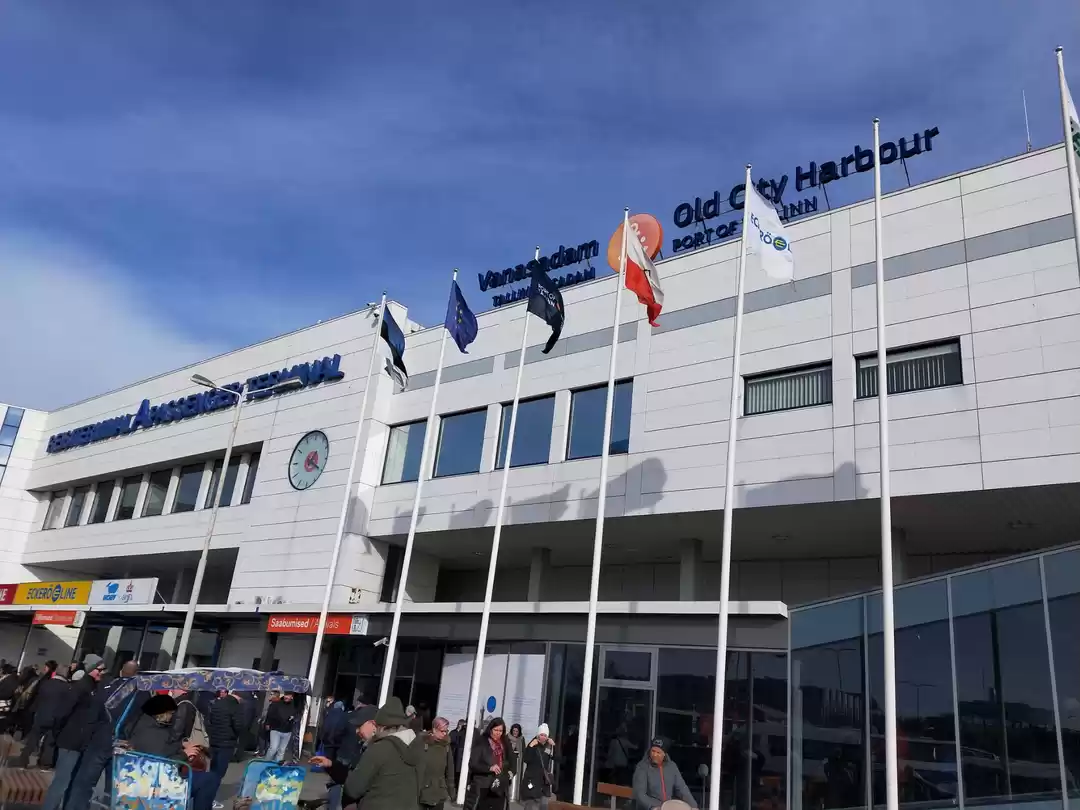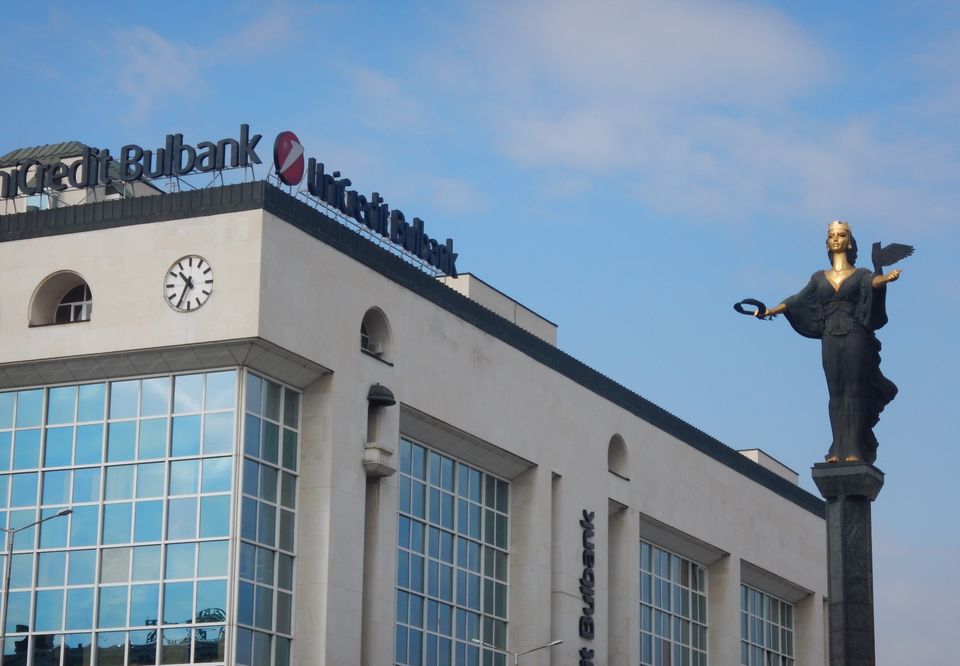
Serdica, an ancient Roman province was laid waste by the Huns in 447 C.E. Earlier in 339 B.C.E. Philip II of Macedon had destroyed the town for the first time. Today we know this city as Sofia, the capital of Bulgaria.
The ruins of Serdica still stand around the metro station. The red brick rotunda of St. George is considered the oldest building in Sofia. After destruction by the Huns the city lay in ruins for a century before it was rebuilt by Justinian I.
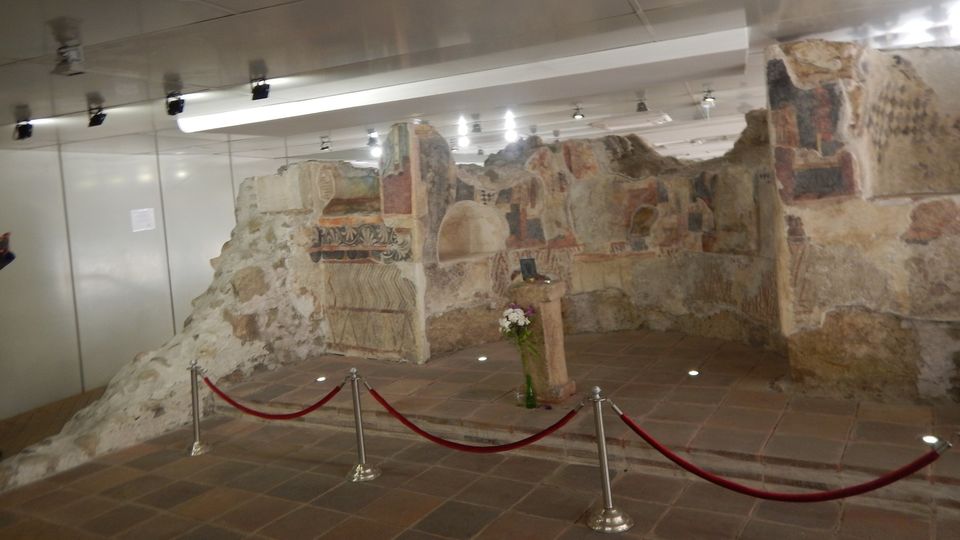


Two Roman emperors Aurelian and Galerius were born in Serdica. It was here in 311 that Galerius issued the Edict of Toleration, officially ending the persecution of Christians. The edict granted Christianity the status of a religion that was accepted and recognized by the Roman Empire. It was the first edict legalising Christianity, preceding the famed Edict of Milan by two years.
The Emperor Constantine famously stated 'Sardica mea Roma est' (Serdica is my Rome). He even considered making Serdica the capital of the Eastern Roman Empire instead of Constantinople.
Sofia is situated at the foot of the Vitosha mountain in the western part of the Country and lies on the Iskar river, a tributary of the Danube. It has dozens of mineral and thermal springs and is one of Europe’s quaintest cities. A great place for shopping and a fun place to relax, it is easily accessible from destinations in the Gulf nations, which in turn are easy reached from Indian cities.

The Statue of Sofia dedicated to the city’s patron saint stands 48 feet tall in bronze and copper and mimics an ancient pagan goddess. The 10th century Sveta Nedelya Church, the 15th century Banya Bashi mosque and the 19th century Sofia Synagogue stand testimony to Bulgaria’s religious harmony. In that sense, Sofia has something in common with the south Indian city of Trivandrum where I live.

The Basilica of St. Sofia is the second oldest church in Sofia, dating to the 4th century. During the Ottoman rule the church was converted into a mosque. The Sofia Synagogue is one of the biggest in Europe. The two-ton chandelier and the octagonal dome are impressive. The Boyana Church is a UNESCO World Heritage site.
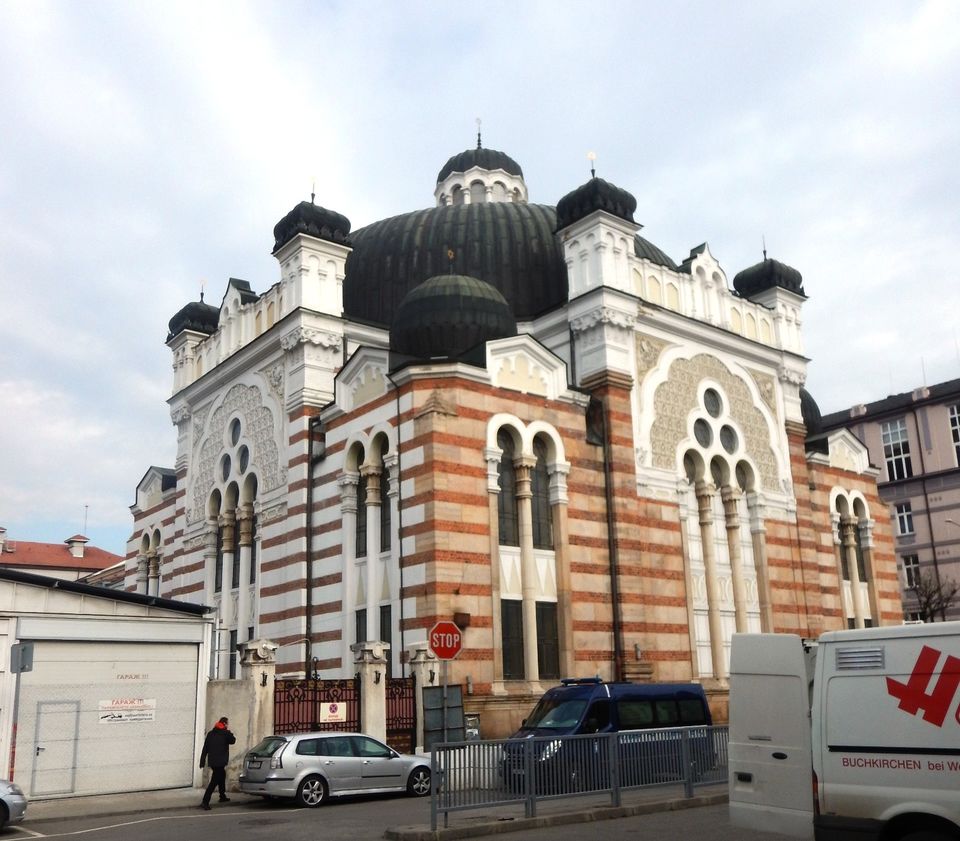

The Alexander Nevsky Cathedral, the Ivan Vazov (National Theater) and the Russian Church of St. Nicholas are major attractions. The Alexander Nevsky Cathedral, with its central gold-plated dome, is said to be one of the largest churches in Europe. The interior is decorated with Italian marble, Brazilian onyx and a variety of luxurious materials.

The cute looking green and gold Russian Church or Church of St. Nicholas the Miracle-Maker is a 1914 construction. We hung around it for awhile but didn’t go inside.

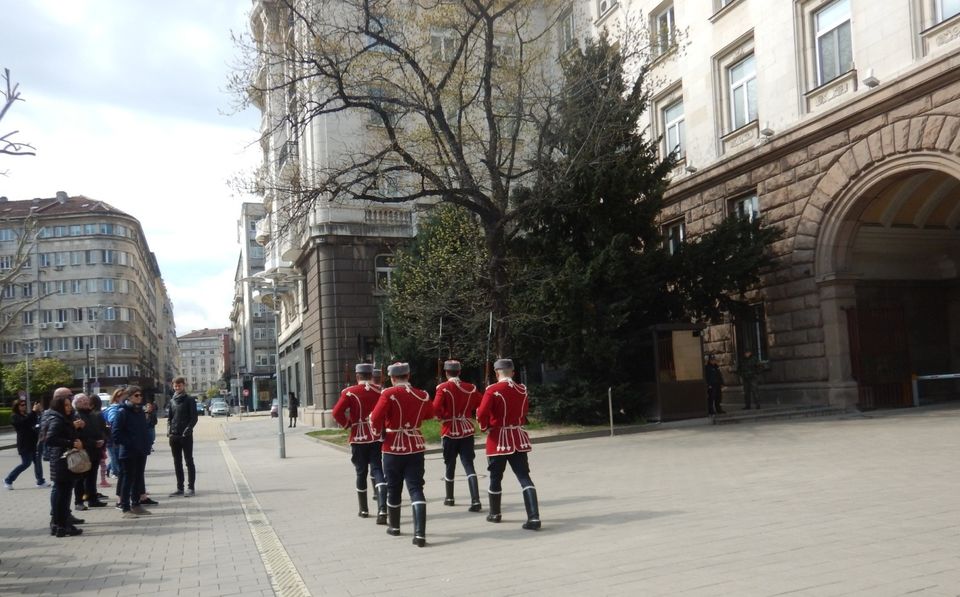
The National Museum of History was mind-boggling. It is located outside the city. It has an impressive collection of national treasures and ancient artefacts dating from the dawn of civilization to the modern era. It is believed to house over 650,000 exhibits, including tools, weapons, gold, silver, pottery, icons and art. The Boyana church nearby was interesting too.



The National Theatre has a distinctive look, reminiscent of buildings in Russia. We saw a couple of kids give an impromptu acrobatic performance. It was excellent and we stood by and applauded.

We were amazed to find a textile shop with the name “Incredible India.” There wasn’t anything remotely ‘Indian’ about the outfits though. But it did provide a nice photo-op.
What about food you ask? Well, if you like meat and potatoes, you'll be just fine. Salads and yoghurt for the veggies. I carried pepper all the way from Malabar, so I could survive anywhere in the world.

Bulgarian Culture, Religion and Fire Dances
Bulgaria’s cultural heritage encompasses a wide array of ancient civilizations. Sofia and Plovdiv were Thracian settlements well before the first Greek settlements were founded in the 8th century B.C.E. By the 7th century B.C.E. Black Sea settlements had appeared at Varna, Sozopol, Pomorie, Tsarevo and Nesebar. Plovdiv happens to be the oldest continuously inhabited city in Europe.
Bulgaria has over 300 museums and art galleries. There is a Museum of Yogurt, a Museum of Roses, a Museum of Salt and a Museum of Wine. The country’s calendar is chockfull of cultural events. The Sofia Film Festival and the “Love is Folly” event in Varna are immensely popular.
The country is famous for its yoghurt and rose oil products. The Rose is the symbol of Bulgaria. Rose picking is one of the oldest and traditional customs of Bulgarians.
Bulgaria’s monasteries played a crucial role in preserving the Eastern Orthodox faith and culture. The relics of St. John the Baptist were found on the island of St. John off Bulgaria’s Black Sea coast.
The ancient ritual of nestinarstvo, which involves dancing on live coals to the accompaniment of bagpipes and drums, is performed in the month of June on the day of the saints Konstantin and Helena. (The Emperor Constantine and his mother Helena are hailed as saints for their role in laying the foundation of Christianity in the western world.) This ritual is still practised in a few villages in the Balkans, including Koprivshitza, which we had the good fortune to visit (though not in June).
The fire dancers prepare for their dance by spending hours locked in a chapel immersed in prayer. Sometimes they fall into a trance. During the dance they hold aloft an icon of the saints. Needless to state they never get hurt. Playing with fire is a common practice among the theyyams of northern Kerala, so when I saw some of the Bulgarian ritual dancers on youtube I wasn’t particularly excited, especially because their costumes were rather drab compared to the colourful and curious outfits of our own dancers.
Bulgaria - the Back of Beyond
https://www.tripoto.com/bulgaria/trips/bulgaria-the-back-of-beyond-5e9c20c5340b2
Varna – A Playground on the Bulgarian Black Sea
A place really worth visiting! Check it out here:
https://www.tripoto.com/trip/varna-a-playground-on-the-bulgarian-black-sea-5e847b2611c77
Nessebar – A Pearl on the Black Sea
We drove from Plovdiv to Nessebar on the Black Sea coast. Don’t miss! Don’t miss! Don’t miss!
Check it out here:
https://www.tripoto.com/bulgaria/trips/nessebar-a-pearl-on-the-black-sea-5e5bb8106027e
Veliko Tarnovo - Bulgaria's Old Capital
https://www.tripoto.com/bulgaria/trips/veliko-tarnovo-bulgarias-old-capital-5ee8403820923





